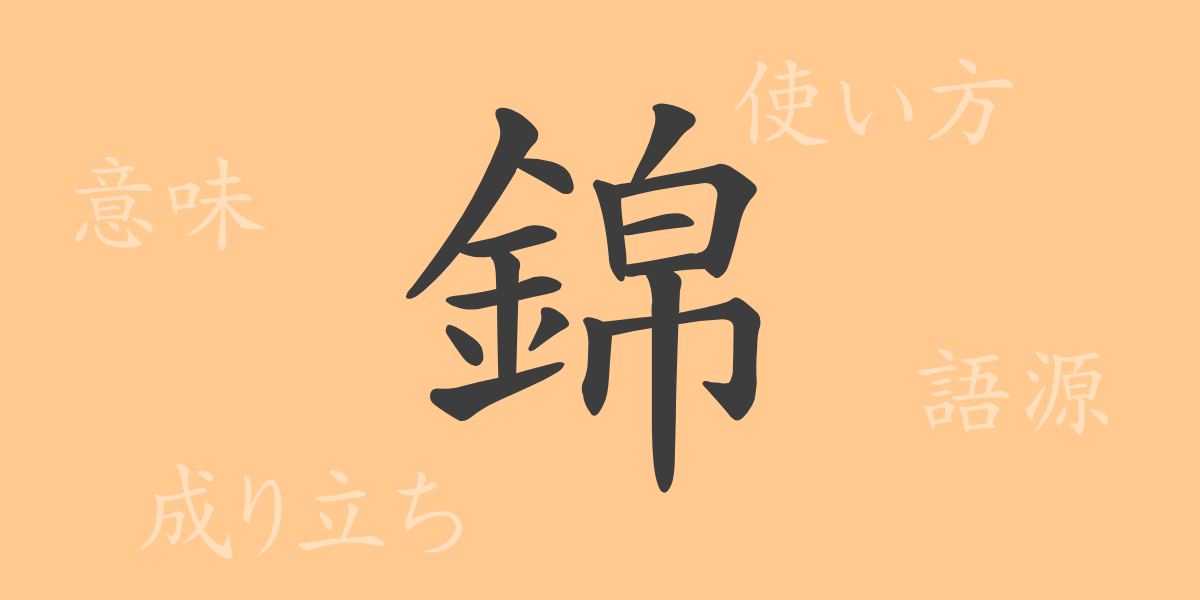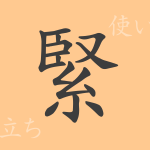Japanese culture and language are renowned worldwide for their subtlety and profound meanings. The focus of this article is the frequently used kanji “錦(にしき).” This single character embodies a rich history and significance beyond mere beauty. In this article, we will thoroughly explore the kanji “錦,” from its origin to its meanings, usage, readings, stroke count, and radical. Additionally, we will delve into idioms, phrases, and proverbs that incorporate “錦” in Japanese, uncovering the deep meanings they convey.
Origin of 錦(にしき) (Etymology)
The kanji “錦(にしき)” has its roots in ancient Chinese texts. It is composed of “金(きん)” meaning metal and “帛(はく)” meaning silk. Originally, it referred to luxurious cloth woven with gold and silver threads. Over time, its meaning expanded to denote any beautiful fabric or object with rich colors. In modern Japanese, “錦(にしき)” is also used metaphorically to describe something or someone adorned with beauty or excellence.
Meanings and Uses of 錦(にしき)
In contemporary Japanese, “錦(にしき)” directly refers to beautiful, especially colorful, fabrics. However, it is also widely used metaphorically. For instance, in the expression “錦上添花(きんじょうてんか),” it signifies adding further value or beauty to something already splendid. This versatile usage underscores the kanji’s broad application in various contexts.
Readings, Stroke Count, and Radical of 錦(にしき)
Like many kanji, “錦(にしき)” has specific readings and structural characteristics:
- Readings: On’yomi (Chinese reading) – きん, Kun’yomi (Japanese reading) – にしき
- Stroke count: “錦(にしき)” consists of 16 strokes.
- Radical: The radical is “金(かね),” which signifies metal.
Idioms, Phrases, and Proverbs Using 錦(にしき)
Japanese language features numerous idioms, phrases, and proverbs that include “錦(にしき).” These expressions reflect traditional values and aesthetics, serving as cultural conveyors through language.
- 錦上添花(きんじょうてんか): Enhancing something already excellent.
- 錦を分ける(にしきをわける): Sharing someone else’s honor or glory.
- 錦の御旗(にしきのおはた): A symbol or means to achieve victory or success.
Conclusion on 錦(にしき)
Each kanji carries historical and cultural significance in its formation. “錦(にしき)” is a prime example, representing not only beautiful fabric but also the richness of expression in the Japanese language. By understanding the various aspects of “錦(にしき)” discussed in this article, one can appreciate the deep beauty of the Japanese language. We hope this exploration helps you gain a deeper insight into the multifaceted nature of “錦(にしき)” and the cultural depth it embodies.

























